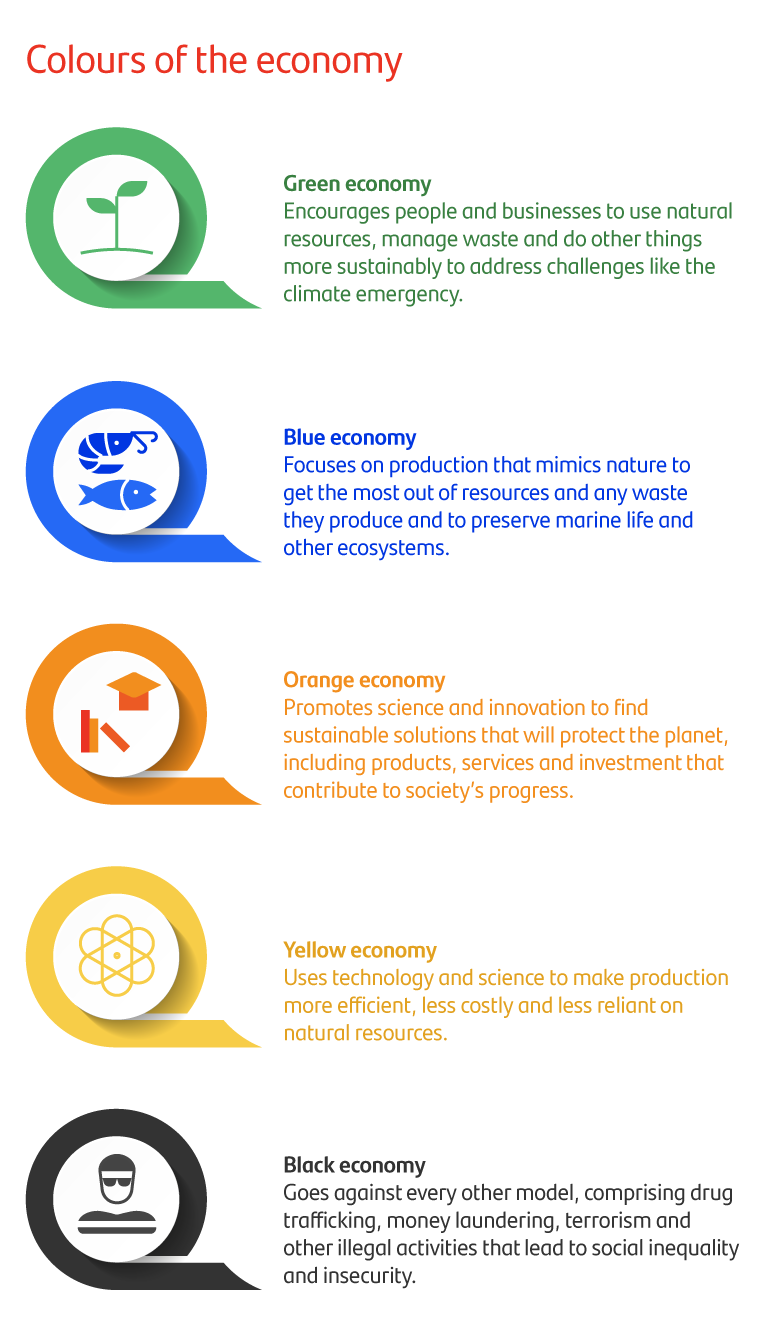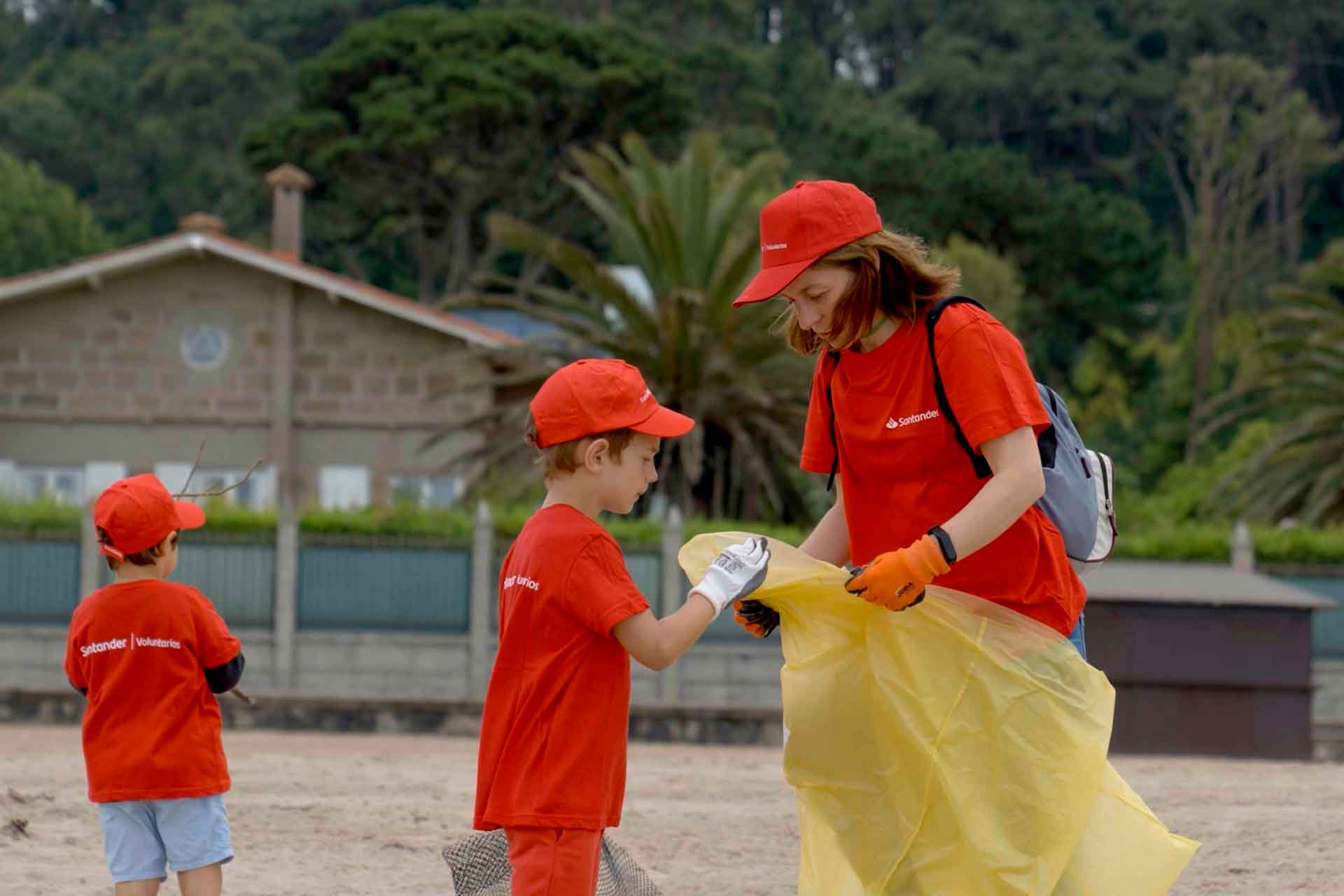Sustainable economy: One colour for each challenge


Last update: 31/03/2023
Cold colours for winter, green for spring, warmer shades for summer and earthy tones for autumn... Nature is full of colours we should preserve. Likewise, a sustainable economy is also colourful.
Care for the planet and living things has grown like never before, largely because of the obvious consequences of climate change on the environment and society.
For a more sustainable future, we must rethink how we see and interact with the world, so our actions will not cause harm. Concepts like the green, blue, orange or yellow economy aim to show us areas we should pay close attention to in order to help the environment.

How to make the economy more sustainable?
Limiting the harm we cause to the planet is everyone's duty. Some good habits we could develop are:
This goes for good and services we pay for. We could be more conscious consumers: buying only what we need and preferring produce that’s in season and locally grown.
Reduce, reuse and recycle to lengthen the useful life of some things or turn waste into others to save natural resources.
The United Nations says, “In most high-income countries, personal transport is the lifestyle domain with the largest contribution to the overall lifestyle footprint.” Since the 1970, that footprint emits two times more greenhouse gases. Cycling and taking public transport are the best choices to get around.
Second-hand shops and apps allow us to save and give something another life. We could trade things like books, buy a car and much more.
We should buy energy-efficient electronic appliances and devices. They don’t need to be new — actually, more people are buying things reconditioned. You can also do things like keep your home at the same temperature, consume energy from solar panels or other renewable sources.







